What future awaits
former golf courses?
The City of Montreal acknowledges their excellent potential for renaturalization
By Louise Legault
Previously published on June 9, 2021
Golf course membership has been losing ground for several years, as evidenced by the numerous closings of golf links in Montreal’s metropolitan area (12 since 2010). These former golf courses are often claimed for residential construction or by the industrial sector. On the Island of Montreal, the saga of the Meadowbrook golf course, which straddles the borough of Lachine and the City of Côte-Saint-Luc, has been ongoing for more than thirty years. The Anjou golf course is slated for industrial development and Aéroports de Montréal has its sights on the Dorval links.
Montreal is presently last in line among Canadian cities in terms of green spaces per 100,000 residents.
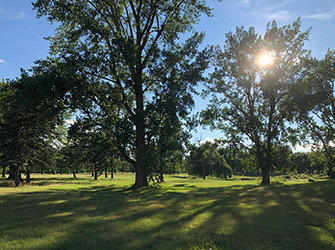
Golf Candiac – Image: courtesy of Louise Legault
What if there was another way of looking at things? Several groups in the metropolitan area are advocating for the transformation of former golf courses into nature parks for the use of the local population. Given that golf courses represent a total area of 5,677 hectares (1.5% of greater Montreal), requalifying former golf courses as natural spaces would help achieve the target of the CMM’s (Montreal Metropolitan Community) metropolitan land use and development plan (Plan métropolitain d’aménagement et de développement or PMAD). The PMAD aims to protect 17% of its territory by 2031. This percentage has stagnated at 10% since the PMAD was adopted in 2011. In terms of green spaces per 100,000 residents, Montreal is presently last in line among Canadian cities.
‘Several groups in the metropolitan area are advocating for the transformation of former golf courses into nature parks for the use of the local population.’
All those former golf courses present an excellent potential for renaturalization, as mentioned in a City of Montreal declaration last April, where “the importance of preserving the vocation of golf courses as green spaces on the city’s territory” was acknowledged. Renaturalization would allow the CMM to reach another environmental target, that of having forest canopy over 30% of its territory. (The south of the province has lost 85% of its forests to urban sprawl; the forest cover has only grown by 1% in ten years, to achieve the present 21.4%). Especially as, according to the Observatoire Grand Montréal’s data for 2019, several of the CMM’s golf courses are situated in the municipalities with the smallest surface of forest canopy of its territory, like Beloeil, Côte-Saint-Luc, Dorval, Candiac, Montreal, Chambly and Laval.
Even better, several of these golf courses contain wetlands. The south of Quebec has lost 90% of its wetlands to residential development. Many species dependant on wetlands are now considered in danger of extinction. Former golf courses could be used to recreate wetlands as compensatory measures; the Ministry of the Environment and the Fight against Climate Change (MELCC) has created a fund especially for this purpose.
‘… requalifying former golf courses as natural spaces would help achieve the target of the CMM’s (Montreal Metropolitan Community) metropolitan land use and development plan (Plan métropolitain d’aménagement et de développement or PMAD).’
Natural environments play a fundamental role, not only in capturing carbon but also in local climate and air quality. In addition to producing oxygen, for example, trees also capture airborne particles and absorb pollutants such as lead. They also attenuate damages caused by extreme weather events like droughts and floods. They regulate the water cycle while purifying it. They provide habitats for pollinators, which, in turn, multiply plant production. Natural spaces help to alleviate heat islands, to manage surface water and to increase biodiversity, all of which are important phenomena in the face of climate change, and of the extreme weather events and episodes of intense heat that affect our cities.
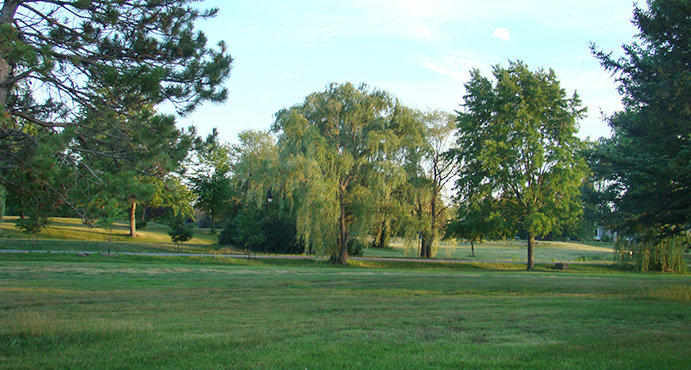
Golf Candiac – Image: courtesy of Louise Legault
The fact that these golf courses are well situated brings an added benefit: studies show that proximity to a park promotes the practice of outdoor activities and contributes to mental health.
‘… several of these golf courses contain wetlands… Former golf courses could be used to recreate wetlands as compensatory measures…’
What prevents former golf courses from being requalified into nature parks? Some municipalities assert that they need the revenue new residents would bring. M. Peter Trent, mayor of Westmount for 18 years, argues that, on the contrary, in some cases municipalities could incur losses even if developers pay for infrastructure such as roads, water supply and sewers. “The demands of new residents for services can exceed the revenue they generate. Add to this the necessary increase of regional services such as police, public transport and water, and the revenue from a new residential project may in fact turn out to be negative. These services are billed on the basis of the evaluation, not the actual consumption; when a municipality’s evaluation increases, particularly with the construction of luxury projects, the bill for services surges accordingly.” He remarks that, in many municipalities, it is the commercial sector that subsidizes the residential sector.
In other cases, municipalities and their citizens face a major obstacle in the assessed value of the land. Golf courses are often protected by zoning that prevents development and gives landowners a reduced taxation rate. When these properties are offered for resale, it isn’t the reduced evaluation linked to the protective zoning that prevails but the value the owner calculates for his land if it could be developed. And if a developer’s project is refused, he will accuse the municipality of “disguised expropriation” and costly legal manoeuvres will extend over many years.
‘The fact that these golf courses are well situated brings an added benefit: studies show that proximity to a park promotes the practice of outdoor activities and contributes to mental health.’
The owners play on two fronts: they take advantage of reduced taxation for years but intend to profit from the full value of their property at the time of resale. The owners of the Meadowbrook golf course, for example, were able to ask for $60 million a few years ago for a piece of land they bought for $3 million in 2006, and which was valued at $11 million.
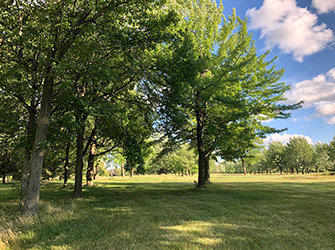
Golf Candiac – Image: courtesy of Louise Legault
In its current form, the provincial Expropriation Act makes it extremely difficult for municipalities to buy land from property developers. The CMM is studying this issue as part of its Agora. In fact, several municipalities have adopted resolutions asking for changes to the Expropriation Act – changes similar to those adopted by other Canadian provinces. A petition has also been presented to Quebec’s National Assembly by the Coalition Terrains de Golf en Transition, asking that the compensation for expropriation be calculated at the most reasonable fair market value for a property, allowing for the real constraints of its development and its present-day zoning code. This petition has garnered more than 2100 signatures in less than a month.
As Quebec’s government opens an extensive national conversation on urban and land use planning, the future of these former golf courses offers the potential to re-gild Quebec’s green reputation.
Feature image: Golf Candiac, courtesy of Louise Legault
 Read other articles about the environment
Read other articles about the environment

Louise Legault is a member of the Les Amis du Parc Meadowbrook steering committee. The group has defended the St. Pierre River and the Meadowbrook golf course from residential development for 30 years in order to create a nature park linked to the Falaise Saint-Jacques and the Sud-Ouest through the dalle-parc. lesamisdemeadowbrook.org

The Coalition Terrains de Golf en Transition groups: Regroupement des résidents de Candiac, Dernier espace vert de Chambly, Les amis du parc Meadowbrook, Mouvement citoyen parc nature Belœil, Green Rosemère Vert, Sauvons le golf Le Boisé – Terrebonne, Coalition citoyenne pour le parc-nature du Bois-d’Anjou, La Coalition Verte – Green Coalition, TechnoparcOiseaux, and Parc Sentiers des bois de Laval.

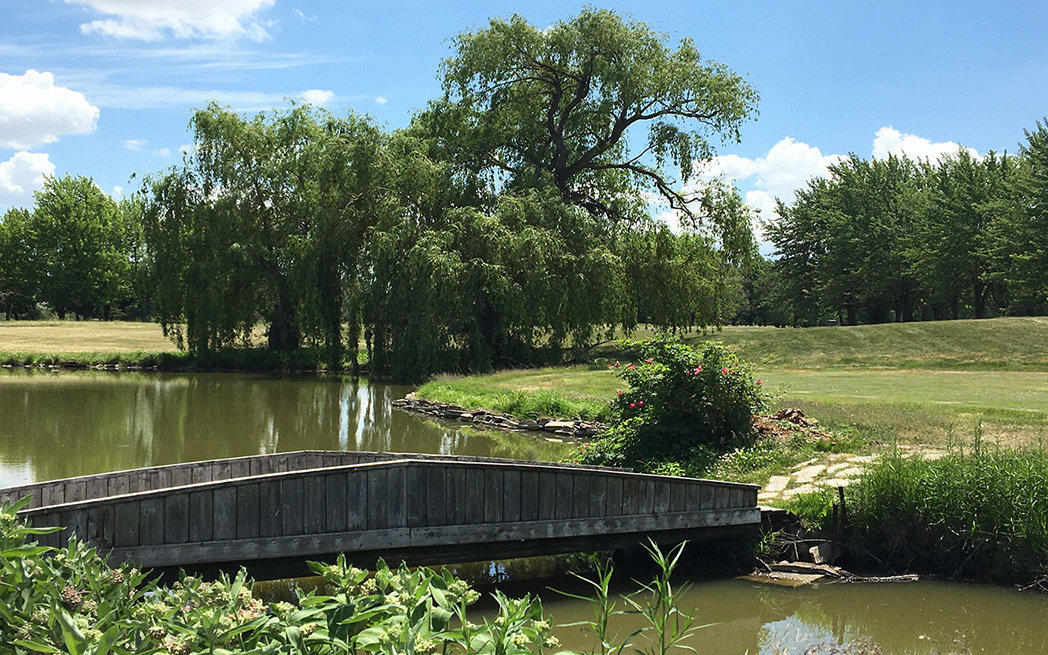

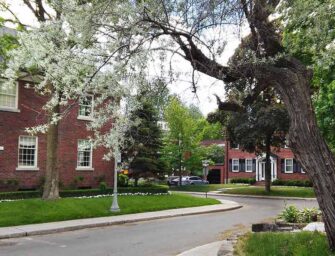

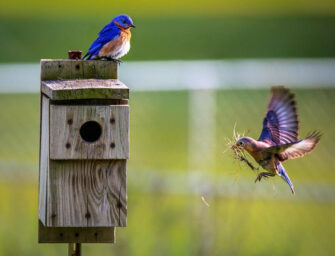

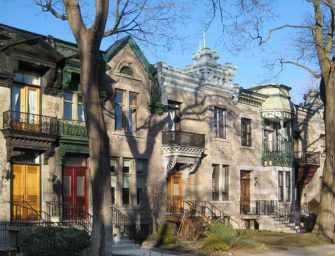


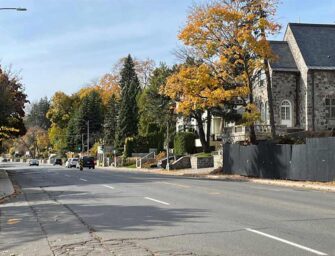










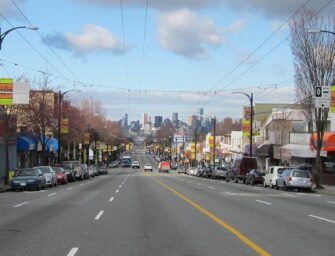
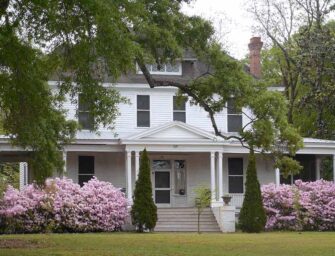



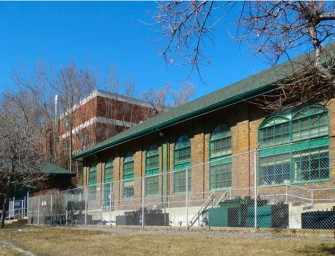

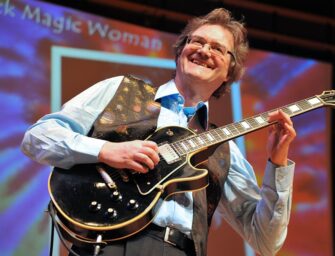
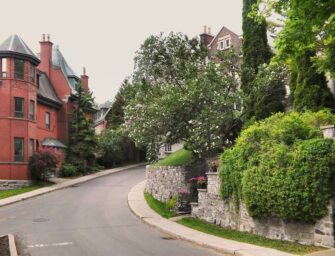

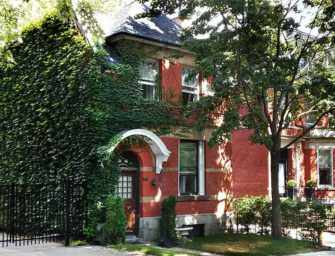
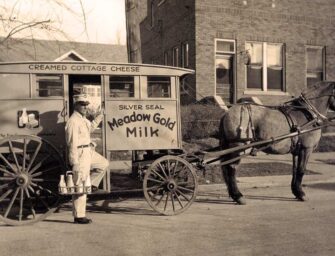
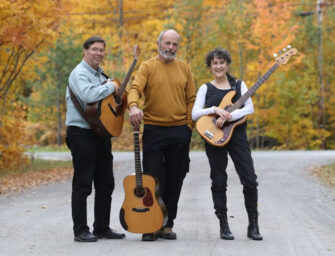

What a wonderful and progressive endeavour, to turn former golf links into nature parks!
They are already green so makes sense to use them for public spaces, promoting mental
and physical health, thereby saving medical bills! I heartily support this!
So much important information in this article. Environmental benefits are clear to everyone. However, I was also very interested in Peter Trent’s remarks where he says that the cost of services (police, schools, water, public transport etc.) can often exceed tax revenues from development. This is something that has to be considered when municipal Councils generally lean toward development as a means to maintain their tax base. It is often precious green space that is on the block with this sort of thinking.
This is an excellent idea that would solve a number of issues: lack of green space, protection of species and biodiversity, etc. Key to this happening are modifications to the Expropriations Act. Let’s hope the government makes the right decision!
Thank you. Louise Legault, for this thoughtful and well informed article. I am so sickened by the destruction (or pending destruction) of natural spaces in my city. There appears to have been no significant change in the mentality of people with power to wreak destruction. I see it all around me – Saint-Laurent is currently cutting down healthy 70+ year old Cottonwoods and Maples. After all the past destruction on the Montreal Island, can we please, at the very least, let golf courses remain as natural oases for the flora and fauna that desperately need a place to exist?